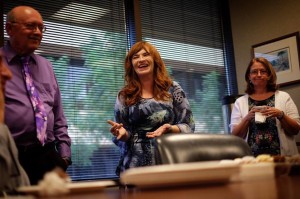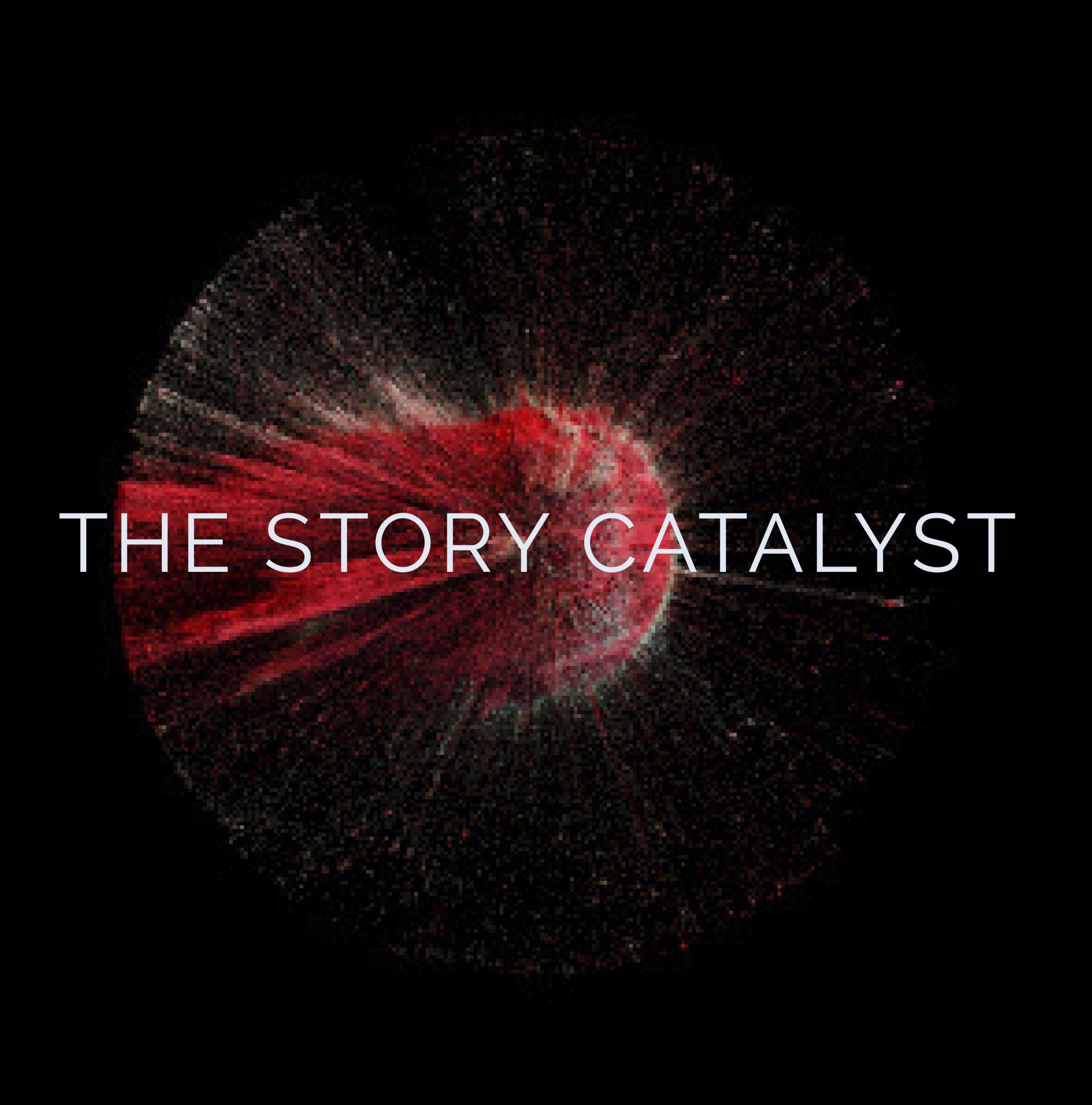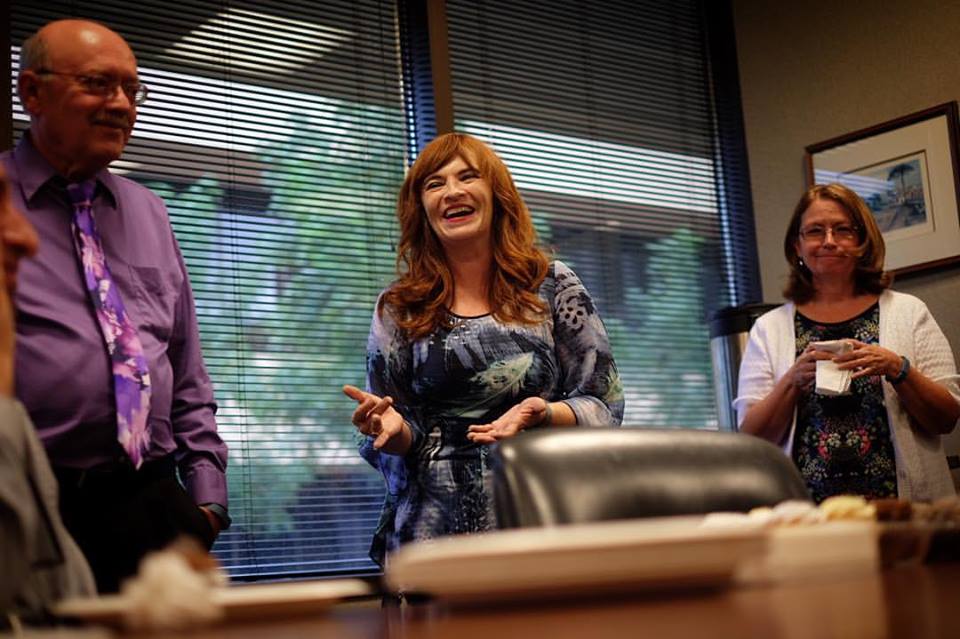First of all, I don’t wear a watch. I wear a FitBit. The value difference is clear. One represents money and power in traditional hierarchical organizations, the ability to climb to the top and slog it out. Your efforts are measured by showing up every day, hauling your body in at the time they say, and congratulations, you did it! You got the perfect attendance certificate.
I get it about the gold watch tradition, which dates back to the 1940s, when Pepsi Co. started doling out the luxury jewelry. That system is all about endurance, and that deserves a reward. It acknowledges that it wasn’t what you truly would have chosen, if left to your own devices. You made a choice to show up every day and do good work. You set other ideas aside. So, are you the one who will pay your dues and are you up for bearing it? You suppress yourself for 25, 30, 40 years, and now you get a gold watch. You’ve been at it so long you forgot who you were before.
Take the FitBit. That represents feeling good, being well, being authentic, checking in with yourself to make sure you are on track. If you need to move to a different track to stay feeling good and authentic, you make a mid-course correction. That’s what I want to wear around my wrist, not a golden handcuff that is a testament for giving it all to The Man. I’m brimming with creativity and problem-solving insight that will continue to innovate and grow for years to come. The Rolex Man doesn’t even want that. Can’t even see it. Creativity and innovation upset the way of things.
Committing suicide
And in my business, daily newspaper journalism, the way of things is decline. For several years since the advent of the Internet, the by-word about newspapers is that they aren’t just dying, they’re committing suicide. The lack of innovation and the stubborn refusal to invest in talent are hastening our departure.
I won’t even say “hastening our departure” anymore. We’ve already departed. We’re gone. The world doesn’t even see us anymore. When we show up to remind them there is such a thing as newspapers, the response is much like that of hearing about your favorite grandfather who’s in the assisted living home that you mean to visit soon. You do think of him dearly but you only occasionally stop by.
The quality of a newspaper’s brand depends not on presses, which are quickly becoming expensive and obsolete, and not on buildings, because who needs a building to gather information when you have mobile phones, video recorders and audio recorders and the information is OUT THERE, not in the building? No, the quality of our brand depends on the quality of the reporting and writing, what we cover and how we write about it, how relevant we are to readers. That’s the talent. But my business isn’t investing in that.
I cared a lot about this for a long time – 23 years at one newspaper, with many newspaper lives before that. I first walked in the doors of a newspaper at age 17, and I’ve pretty much been part of what I lovingly call The Word Factory ever since.
I believe I tried to save the newspaper business all by myself. It took me the longest time to realize that it didn’t want me to do that. The newspaper business will check itself into a 12-step program when it is good and ready and not before. It can hit bottom on its own, and I’m good with that.

PHOTO BY MORGAN PETROSKI/ALBUQUERQUE JOURNAL
In which Carolyn Flynn says goodbye on her last day at the @ABQJournal, after 23 years as first, assistant managing editor/photo and design, and then as editor of Sage magazine. From left are AME/design Joe Kirby, Carolyn Flynn and features editor Helen Taylor.
First love, second love
Leaving the Albuquerque Journal this week, I had to remember who I was before I got on the gold watch track. Newspapers weren’t my first love, but my second. My first love was all that I left at the door when I walked in, day after day for 23 years, earning 23/25ths of a Rolex.
My first love was writing, but I was too young then to know: What kind of writing? What am I meant to say? Are the yearnings and fascinations that consume me something that other people feel and want to understand, too? Do my stories resonate with relevance and meaning? I think they do, but how am I to tell them?
My second love gave me craft, amazing daily productivity habits, a sharp eye for relevance, access to fascinating movers and shakers, an outlet for my curiosity – and a regular paycheck. I sized this up: If I became a journalist, I would have to interview people, and I wouldn’t be shy anymore. If I became a journalist, well, that’s a hungry monster they have to feed. Those are big pages, and they need to fill them with words.
Thus, the Word Factory. I wanted the safety of a big manufacturing plant where they produce the words and widgets right on site, and millions of them. That definitely seemed to a 17-year-old like an endless revenue stream, the kind you would never have to worry about drying up.
I’m grateful I was wrong about that, because if not for the harshness, I might have just stayed married to my second love and abandoned my first love.
The alchemy of my new story
The new story is that I am SoulFire Studios, which is all about the power of narrative to create your path. I am still a teller of stories, a nurturer of books and authors, a business mentor for creatives, a creativity coach. I am a novelist, a memoirist and author of transformational books. I have won prizes and publications for my literary short stories, essays and magazine articles. For 16 years, I had the privilege of editing a magazine that people will still remember for decades to come because it made a difference. (And I have to love that little magazine called Sage and its feisty spirit because it won a national award for best magazine on its way down the tubes.)
So now my career has become about what’s the story you want to tell? What’s our story together?
Somewhere, I am sure, is a Rolex in a vault that has been waiting, not yet engraved with my name, to see if I would just mark the time, or if I would heed my calling.
And if I really wanted the gold, then maybe they could just take a few links out and give me the parts I’ve earned, the knowledge I’ve gained, which is in fact, gold for having shared my life with these other fine storytellers at The Word Factory all these many years.
Perhaps I could melt that down, create an alchemy of sorts, turning all that wisdom – being curious and relevant and concise, being an eyewitness to history, being loyal to the interests of the public and the higher good – and instead convert it to a more precious gold, that of saying yes to my sacred yes.

